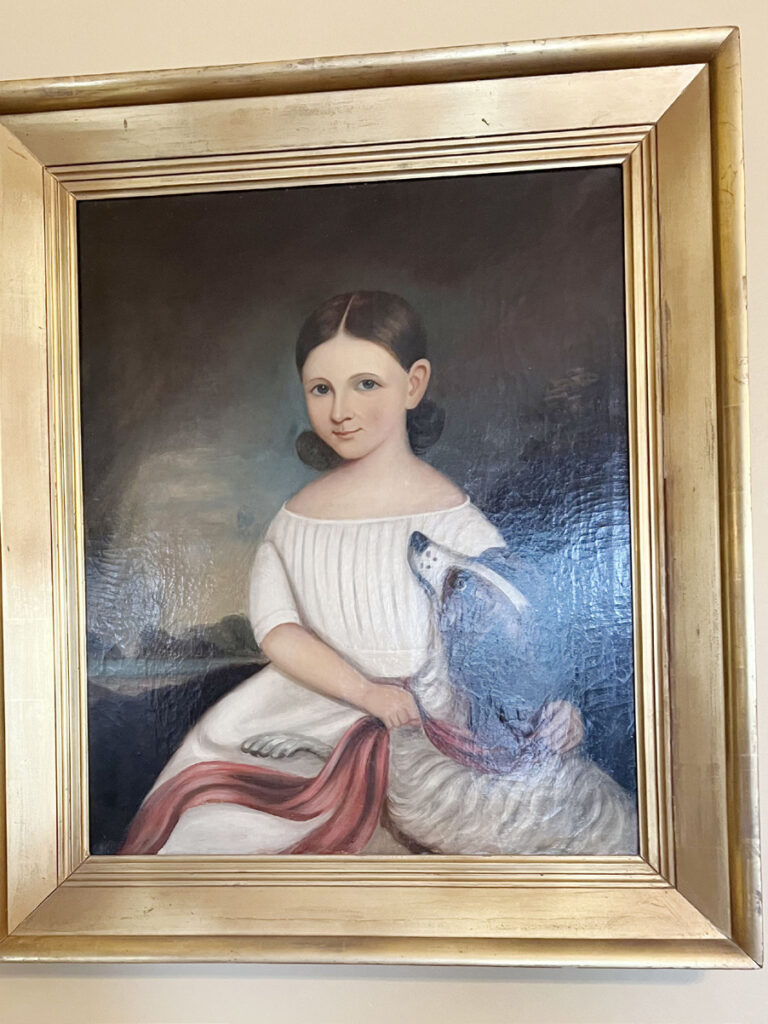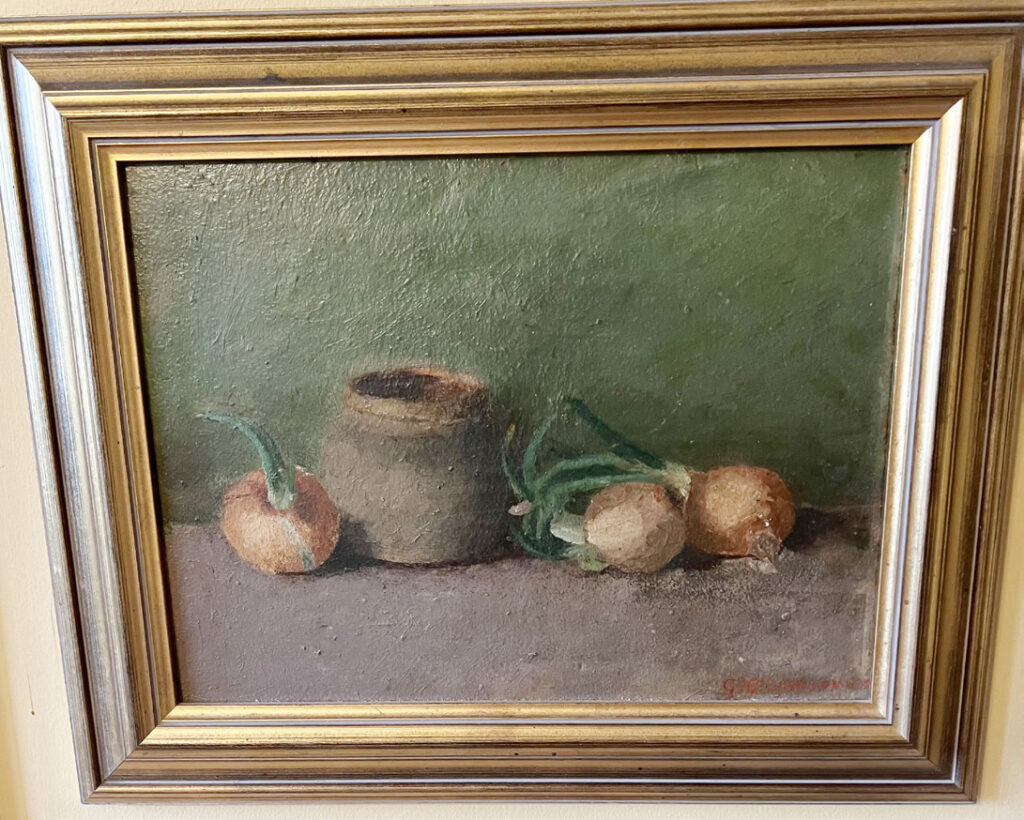
What’s the difference between an art collector and an art hoarder? I found out last weekend, when I tried sporadically to get rid of some of the framed paintings, posters, drawings, lithographs, etchings, watercolors and sketches that clutter our closets. And why are they in the closets? Because there’s no room on our walls, where more than 150 framed artworks delight the viewer (and especially me).
My wife Karen was fed up.
“Pull all of that stuff out of the closets, and let’s sell it online. We’ll make a few bucks, declutter the closets and live like normal people,” she said, making it very clear that the jig was up.
“I dunno,” I muttered defensively. “Some of them might be fairly valuable, and I need time to sort through them and do some research.”
“You’ve had years to do that!” she reminded me. “Pull that stuff out and let’s sell it, 25 bucks, 50 bucks – maybe we’ll get enough to go up to Cripple Creek and win big. And even if we don’t, we’ll have room in the closets.”
She started with one of my favorites, an unpretentious still life of three onions and a ceramic pot. It was dated 1924 and signed illegibly by the artist. I’d picked it up at a garage sale decades ago.
“It’s a nice little piece, and we could probably get $125 for it on Marketplace,” she said. I shrugged and said OK – but got to work deciphering the signature. After a few hours, bingo! The artist was Giorgio Cavallon, a major 20th century Italian-American artist. He had painted the still life as a 19- or 20-year-old, long before he became famous as, according to Wikipedia “a founding member of the American Abstract Artists and a pioneer Abstract Expressionist.” We took it off the market, put it back on the wall, and slowed things down a bit.
I rediscovered other treasures, and promptly made room for them. There was a watercolor/sketch of a red sandstone outcrop somewhere along the Front Range by William Henry Holmes, probably made in 1872 when he was the expedition artist during the Hayden Survey, and multiple works by early 20th century Colorado Springs artist Ida Fursman Lee.
I always thought that my taste in art was so sophisticated that our collection would increase in value every year, far more than investments in the stodgy old stock market. In fact, our collection has lost value, even as the stock market soared to unimaginable heights. But I have a folder full of 19th-century Cripple Creek stock certificates, every one of them issued by long-defunct companies.
Maybe they’re worth something, but all the defunct companies were created by my grandfather, who sold shares to hopeful Easterners and Englishmen. In retrospect, he made a lot more money as a scammer than as a miner.
Call it hoarding or out-of-control collecting, but it’s a time capsule. The earliest work: a circa 1804 portrait of my great-great grandmother as a girl. The newest: a yet-to-be framed watercolor by Karen Standridge.
Evocative, fun and deeply meaningful – I love them all. Next project: rearranging, rehanging and getting them all on the wall. Yet if we sell the house and move to a cottage next summer, I realize that there won’t be room for most of the artworks…damn!
Oh, well. Maybe I’ll have a really big closet, and just rotate the collection every few weeks.

